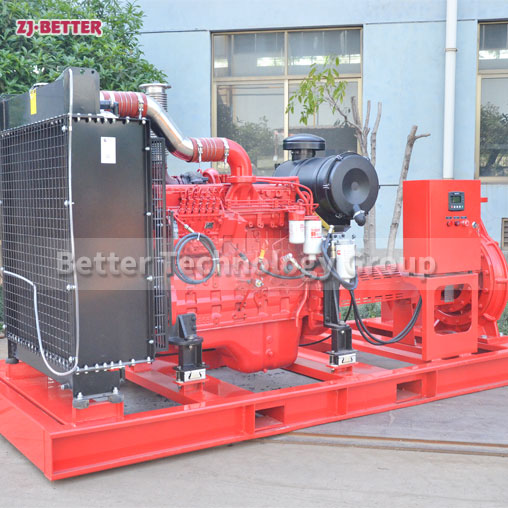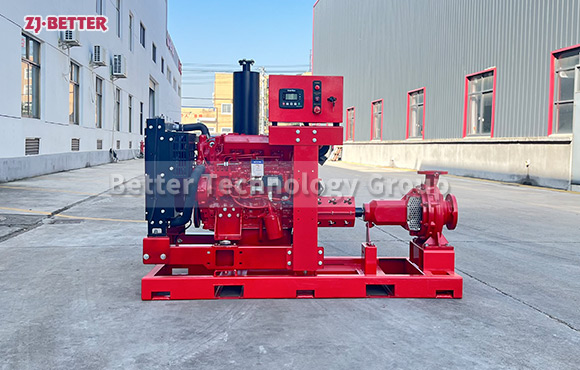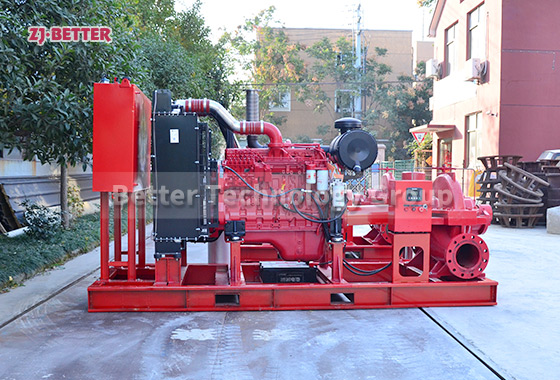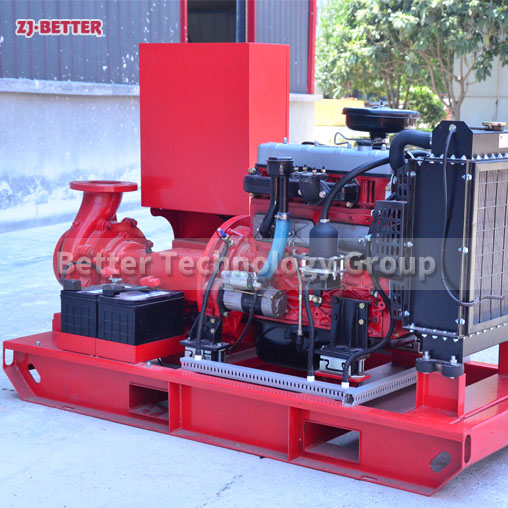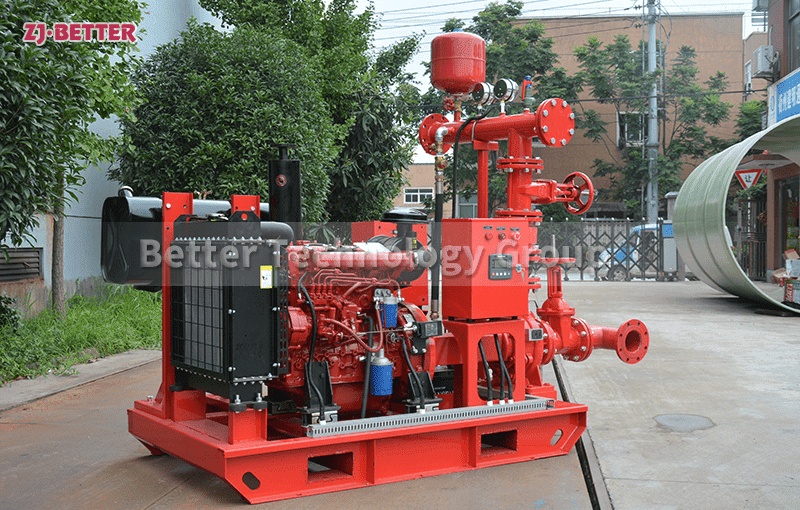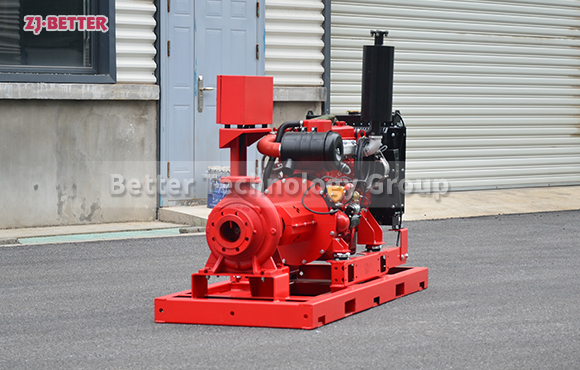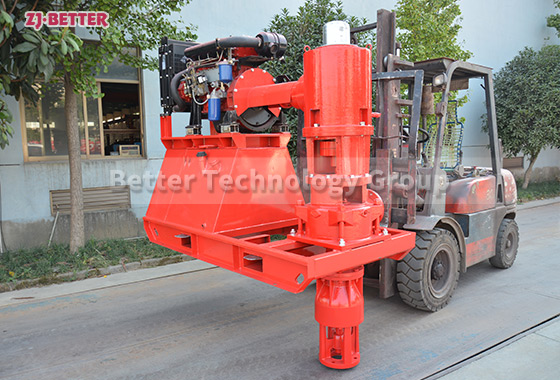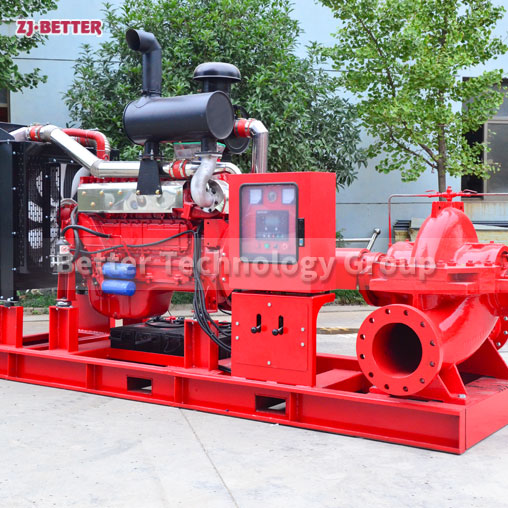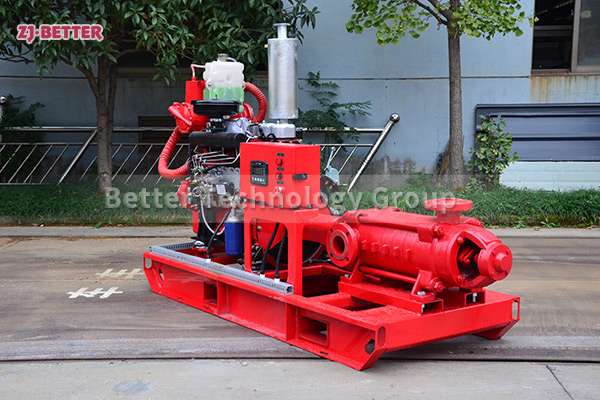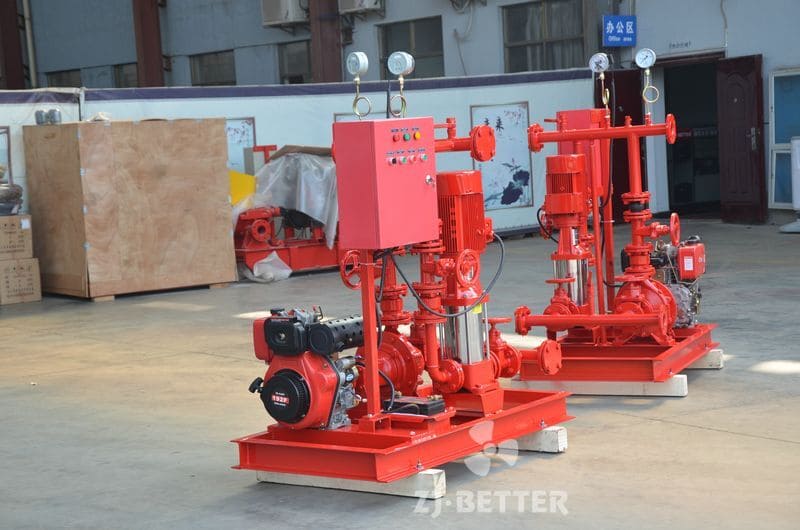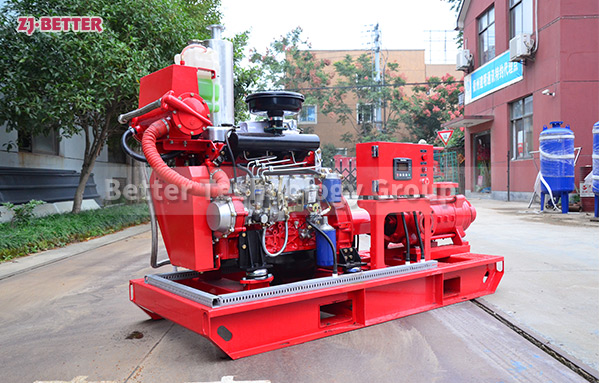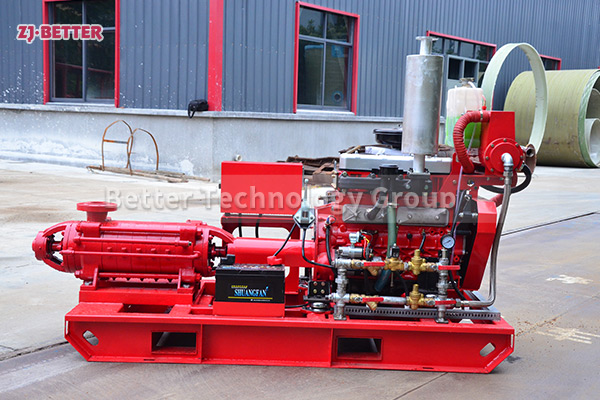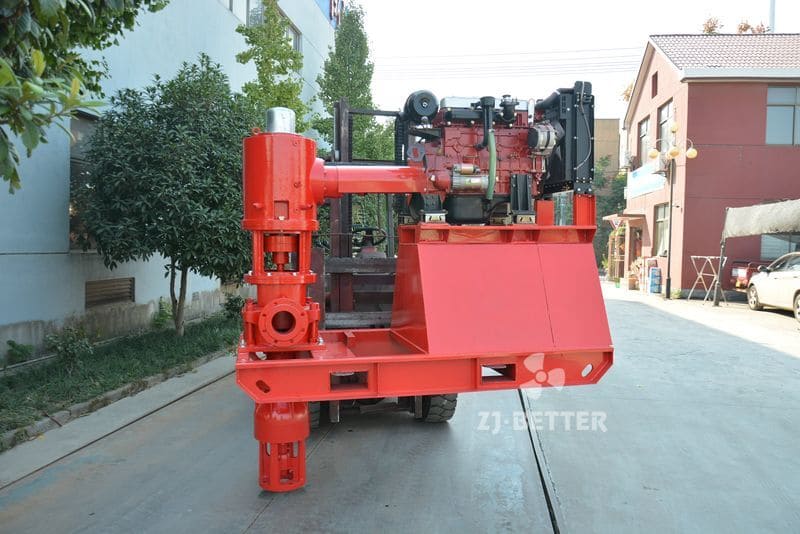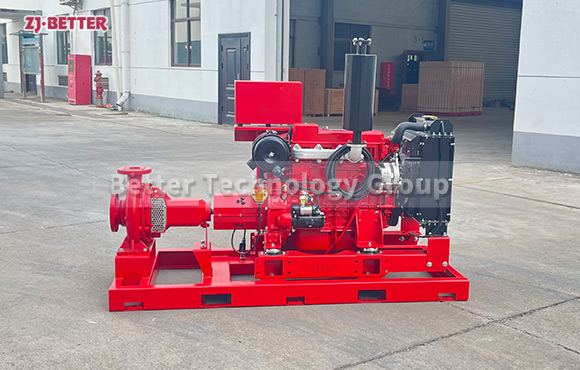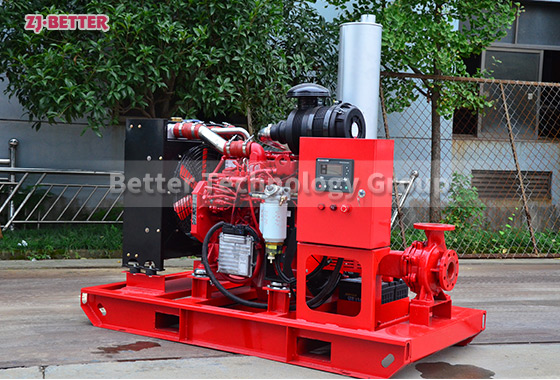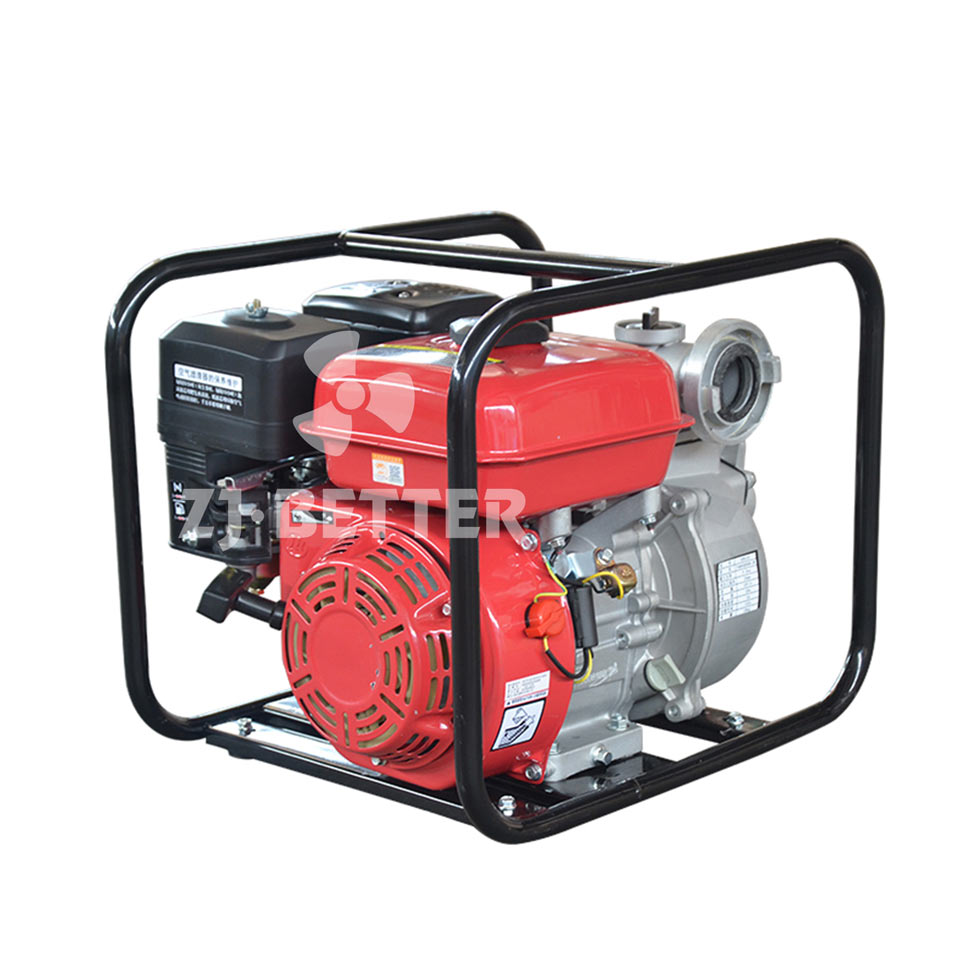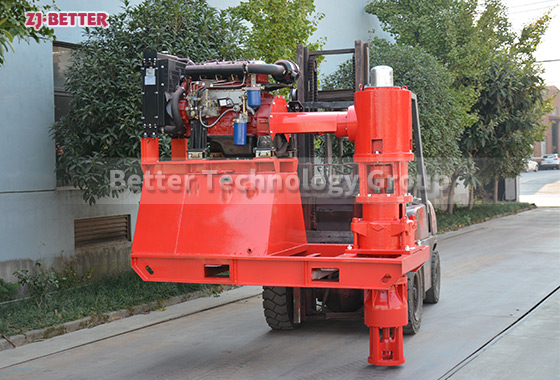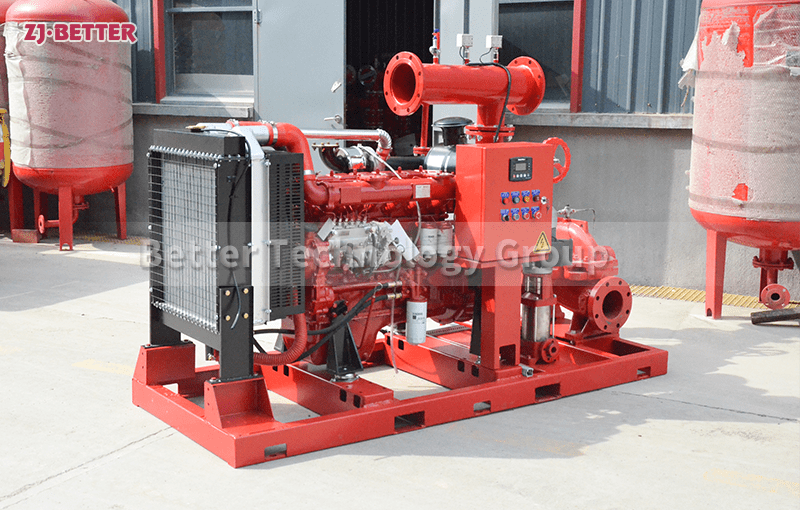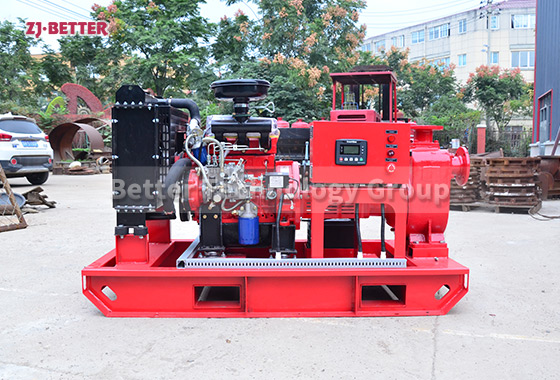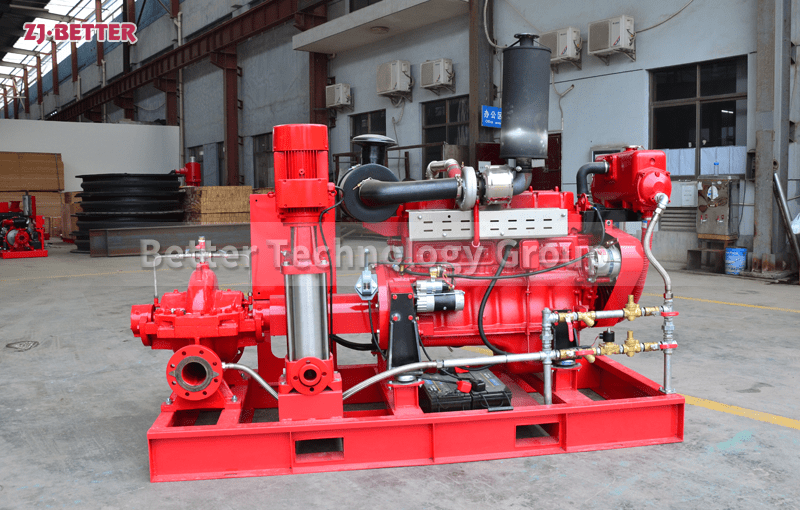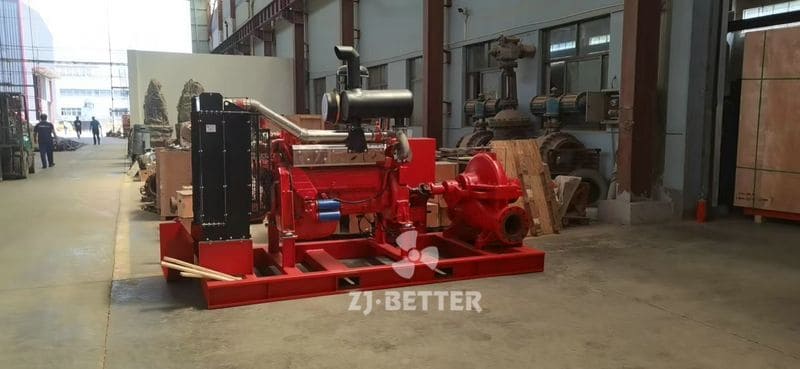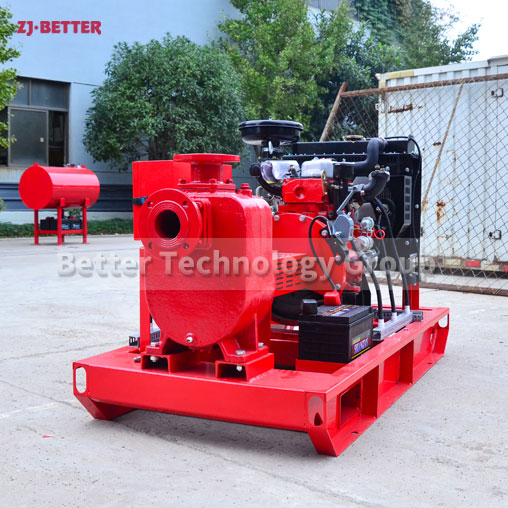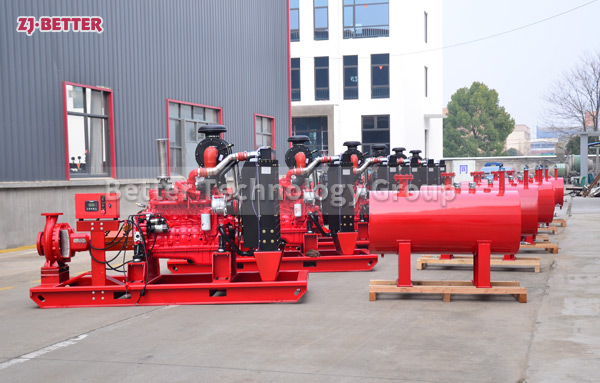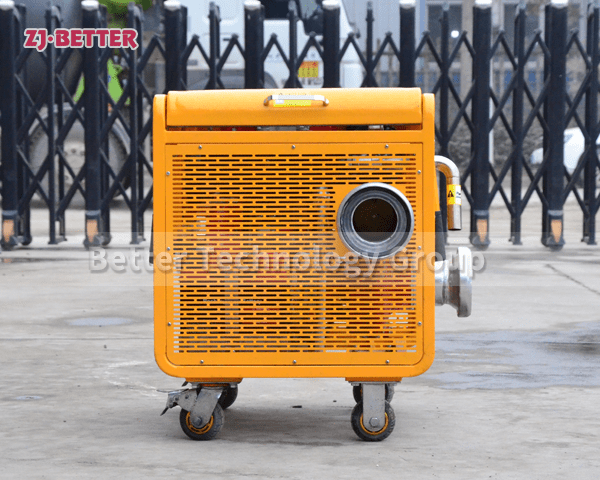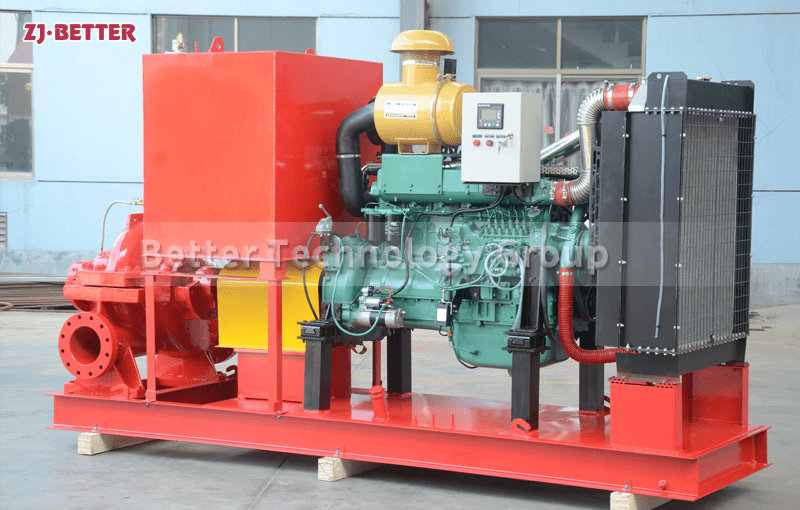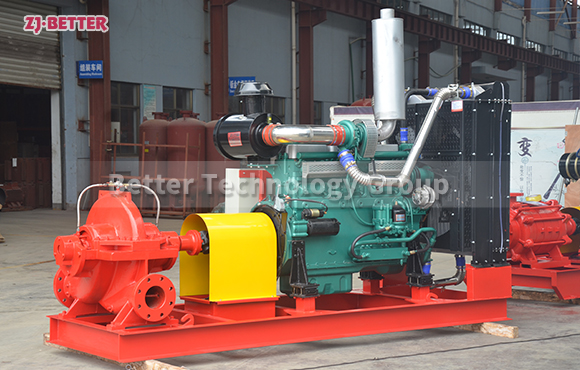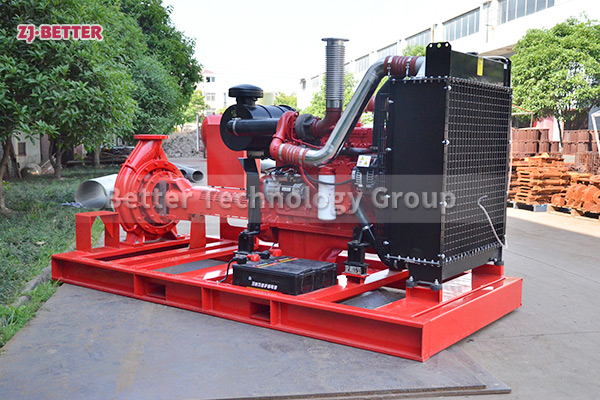XA Diesel Fire Pump Sets from Reliable Better Manufacturers
The national standard name of diesel engine fire pump is “engineering diesel engine fire pump set”, and the XBC diesel engine fire pump set is the latest national standard GB6245-2006 “fire pump performance requirements and test methods”. This series of products has a wide range of lift and flow, and can fully meet the fire water supply in various occasions such as warehouses, docks, airports, petrochemicals, power plants, liquefied gas stations, textiles and other industrial and mining enterprises.
The fire pumps used in the complete diesel engine fire pump unit can be the IS series single-stage type, the S series new single-stage two-stage type, and the D-type series segment multi-stage type produced by our company. The diesel engine fire pumps used in this series of equipment are made of domestic or imported high-quality products. They have the characteristics of good starting characteristics, strong overload capacity, compact structure, convenient maintenance, simple use and high degree of automation. They are advanced and reliable fire fighting equipment.

